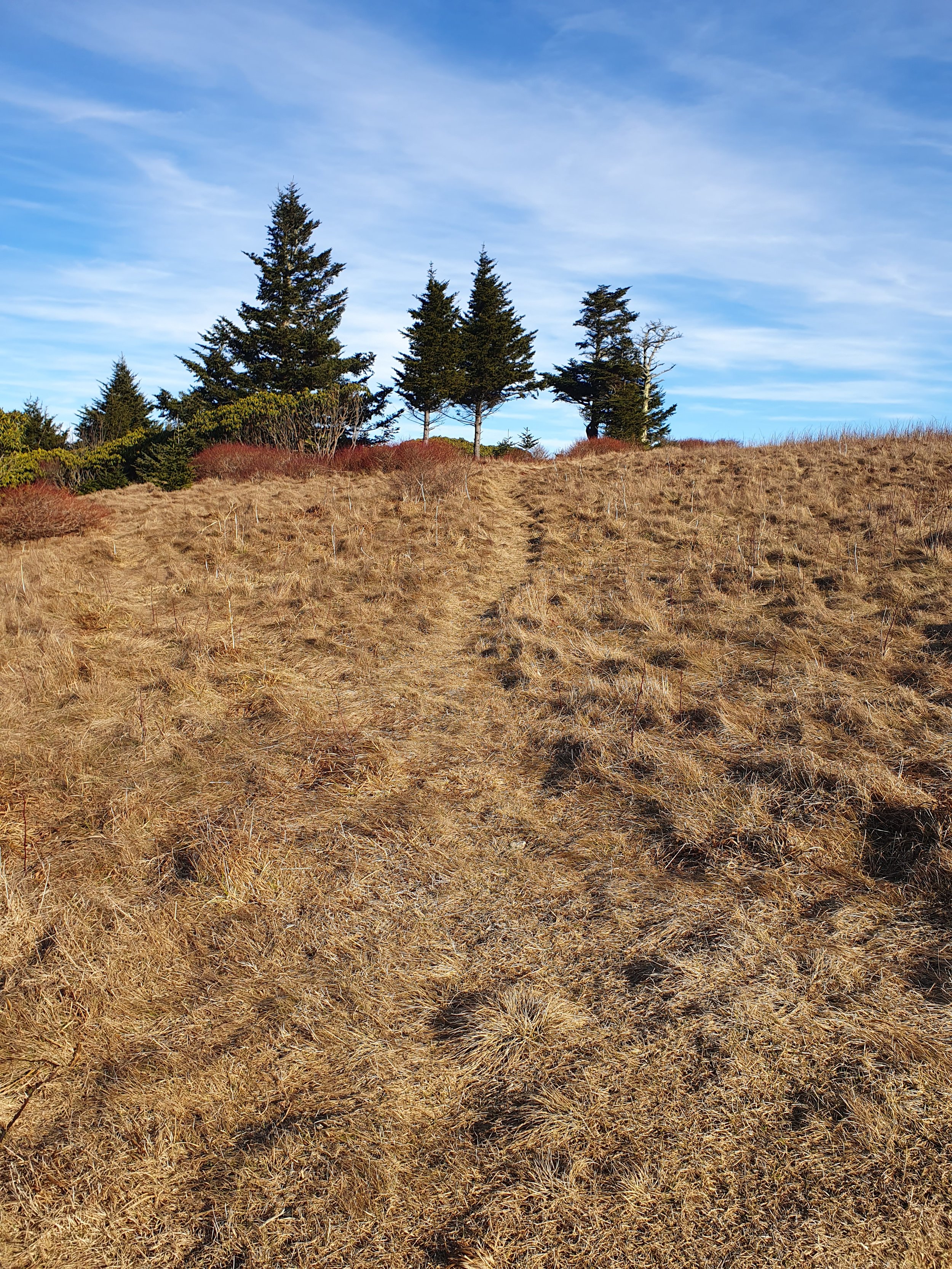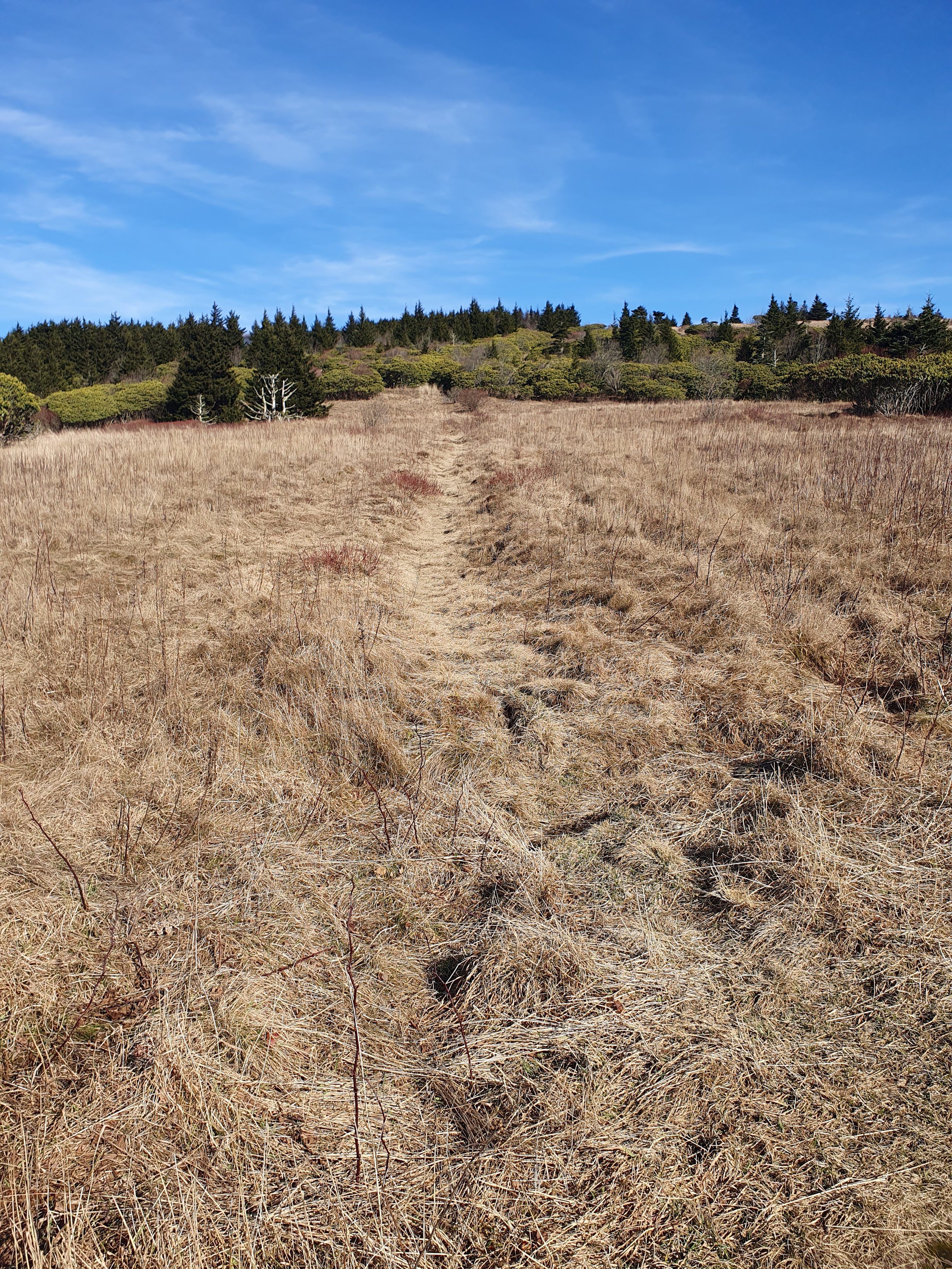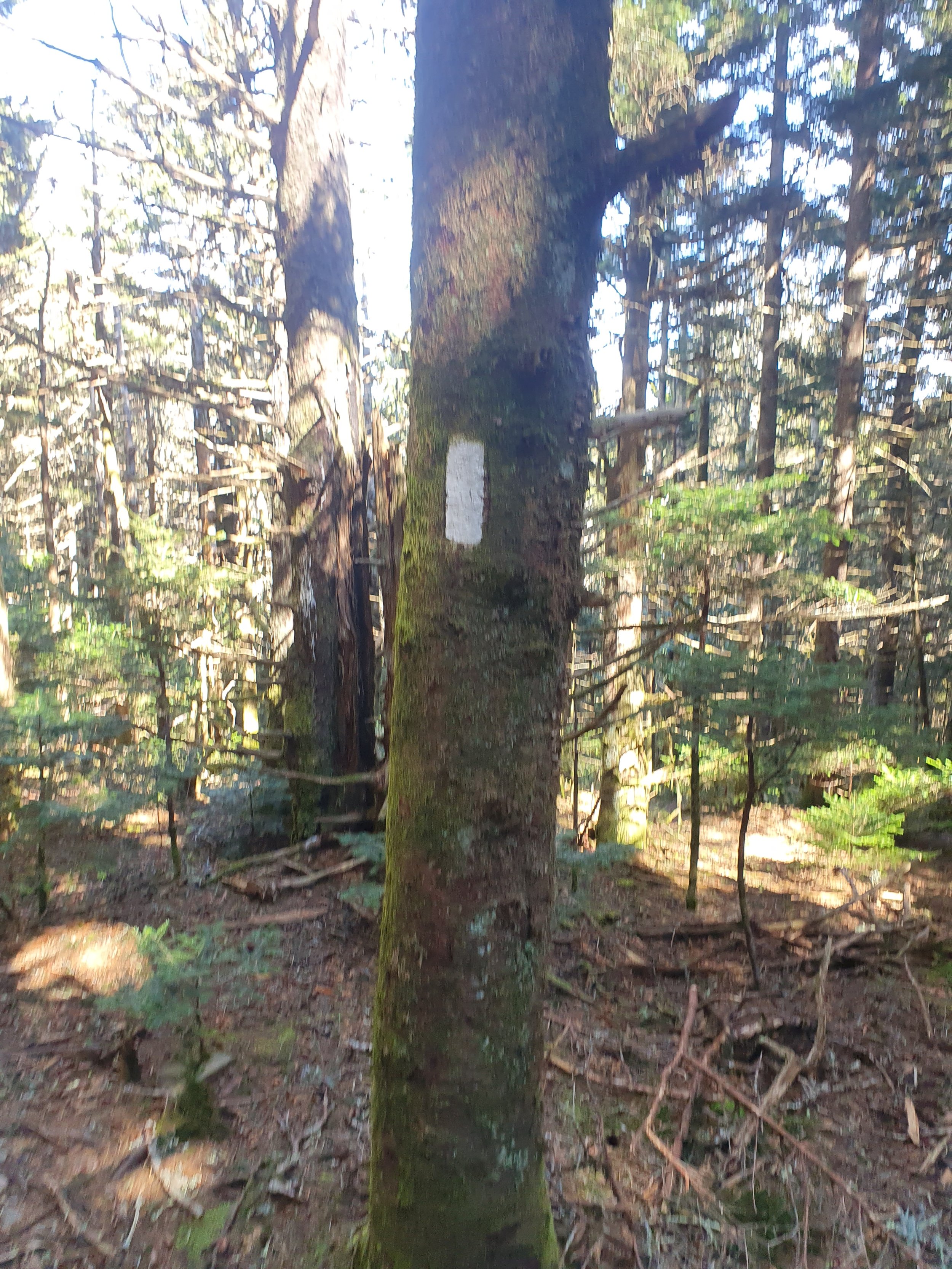
What are social trails?
Social trails are informal, user-created trails that take form when visitors to natural areas try to take “shortcuts” or detours instead of staying on designated trails. Over time, heavy foot traffic begins to erode the land - giving the appearance of a real trail.
Examples pictured below (Photos: Rob Campbell (USFS))






Why are social trails bad?
Social trails are harmful for a number of reasons. First, they fragment protected areas, which can have many negative consequences for native plants and wildlife. Hikers going off trail at Roan can easily trample rare plants. Touching these plants can also transmit diseases. Many bird species nest low to the ground here. Walking through their habitat can be very destructive not only to individuals, but can also hurt biodiversity as a whole. Habitat fragmentation - the process by which a large expanse of habitat is transformed into smaller, isolated patches - threatens wildlife population sizes and reduces gene flow. Since many sensitive species can be found at Roan, these social trails (which fragment habitat) are a major threat to biodiversity.
Social trails also pose human health risks:
1.) Since social trails are not official trails, they are not maintained or cleaned. As a result, they are more hazardous. Official trails are designed to be safe and sturdy. Social trails, however, can be located in dangerous areas and are subject to hazards such as downed trees, ticks and snakes. In grassy areas such as the balds on Roan, the latter two pose an especially great risk.
2.) Social trails also confuse hikers and make it easy to get lost. Unmarked social trails generally link to existing trails, making it very easy for unsuspecting hikers to take the wrong path. This not only creates safety risks in the short term, but also makes it much more difficult to find hikers in the case of an emergency. Those who get lost may have trouble finding their way back before sunset. Hikers on unstable social trails are also much more prone to accident or injury, making these threats a serious problem.
How do I tell social trails apart from official trails?
Pictured: Sign at Round Bald notifying visitors to stay off social trail (Rob Campbell (USFS))
Social trails are often marked with warning signs. However, this is not always the case. Bringing or downloading maps of the area can help you determine which trails are official. Click here for maps of the Roan Highlands. Official trails are usually marked with blazes - paint, carvings, or flags (often on trees) indicating which direction to follow. See the images below for examples.



